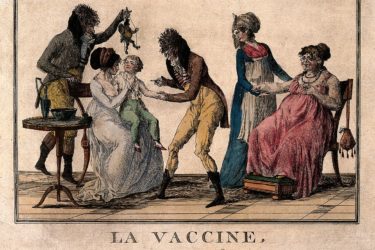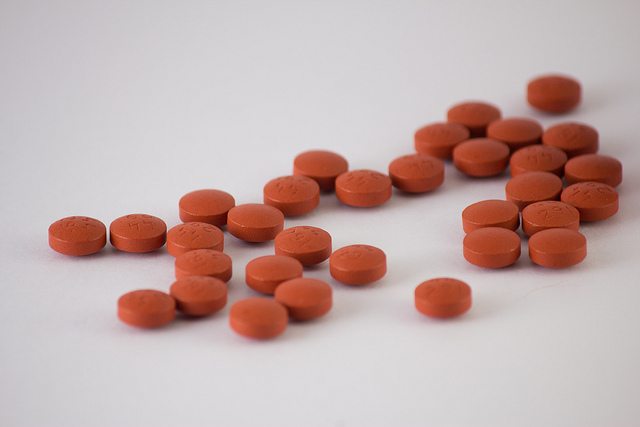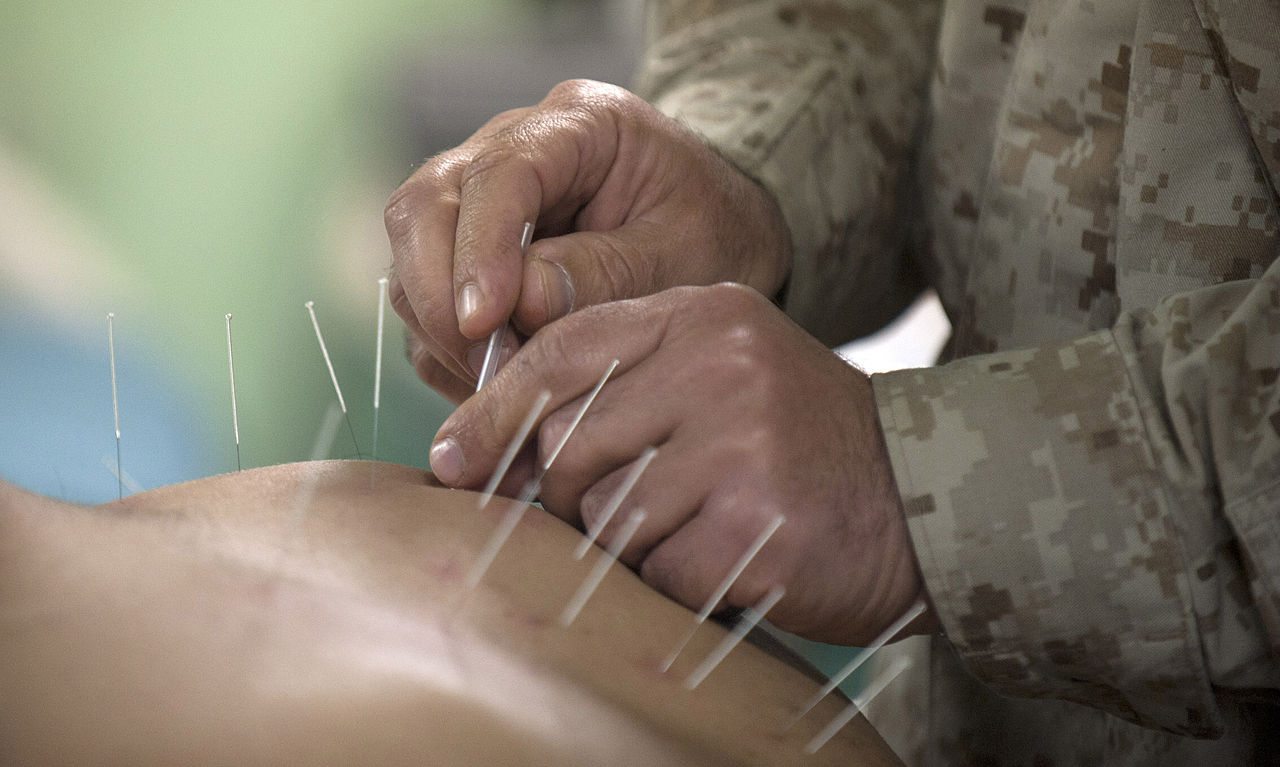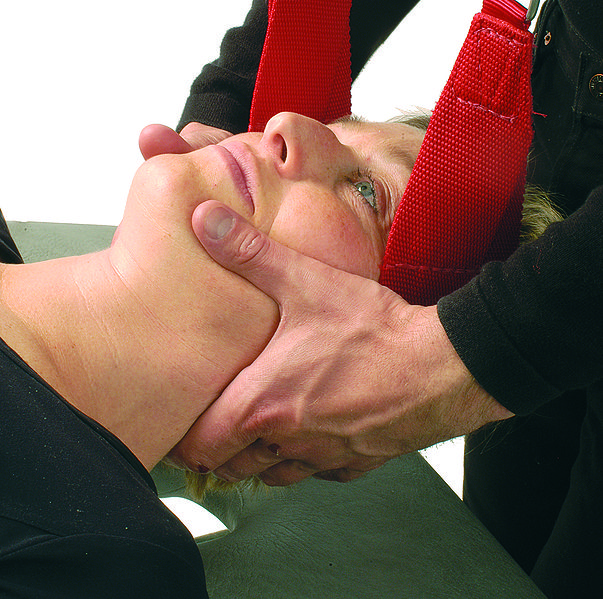Results for: back pain

It doesn’t have to hurt: Strategies to reduce vaccine pain
To address anti-vaccine views, try to understand the underlying motives for these perspectives. Some reject vaccines because of underlying fears of the pain of vaccination. Several strategies can effectively decrease vaccine pain.

The effort of integrative medicine advocates to co-opt the opioid crisis to claim non pharmacological treatments for pain as solely theirs continues apace
Last week, I wrote about how advocates for quackery were trying, and succeeding, at persuading state Medicaid agencies to pay for acupuncture for pain. This week, I discuss how they are promoting the integration of quackery with medicine. In this case, they are promoting a white paper and trying to influence the AHRQ.

Is the FDA embracing quackery? A draft proposal recommends that doctors learn about acupuncture and chiropractic for pain management.
Chiropractors and acupuncturists have lobbied for a greater role in treating pain. They might well have won it. Last week, the FDA released proposed changes Wednesday to its blueprint on educating health care providers about treating pain, which now recommend that doctors learn about chiropractic care and acupuncture as therapies that might help patients avoid opioids. There's still time to stop this.

Do anti-inflammatory drugs effectively treat spinal pain?
While anti-inflammatory drugs are commonly used to treat back pain, a new review suggests that they may not provide meaningful benefits to most people.

Corydalis: An Herbal Medicine for Pain, with Some Thoughts on Drug Development
Ever since William Withering published his classic treatise on Foxglove in 1775, science has been testing herbal medicines and trying to establish a scientific basis for the ones that work. As many as half of today’s prescription drugs were derived from plants. A new study published in Current Biology by Zhang et al. has identified a compound in a traditional herbal remedy...

“Non-pharmacological treatments for pain” ≠ CAM, no matter how much NCCIH wishes it so
When it comes to pain, in the mythos of "complementary and alternative medicine" (CAM), which in recent years has morphed into "integrative medicine," anything that isn't a drug is automatically rebranded as CAM, whether it's in any way "alternative" or not.
Pushback on Chiropractic
From time to time we respond directly to reader comments or e-mails in an article, when it seems that doing so would be a useful teachable moment. One of the strengths of social media is that it is interactive, which can be didactic. I feel it is very important to respond to what people actual believe and say, because otherwise we may...

When Headaches Are a Pain in the Neck: Spinal Manipulation vs. Mobilization for Cervicogenic Headache
NOTE: Today we offer a double feature on the treatment of cervicogenic headache. My article is about a study that compared manipulation to mobilization; it is followed by retired chiropractor Sam Homola’s guest article on manipulation for cervicogenic headache. The two posts complement each other and also complement my post from last week on the possible risk of stroke with neck manipulation....
Audio Therapy for Postoperative Pediatric Pain: Randomized Controlled Nonsense
In January of 2015, a study on “the effect of audio therapy to treat postoperative pain in children” performed at Lurie Children’s Hospital and published in Pediatric Surgery International made the media rounds. It was the typical story where numerous news outlets further exaggerated already exaggerated claims made in a university press release, in this case Northwestern University in Chicago. Some of...

Zika virus, microcephaly, and calls to bring back DDT (Rachel Carson revisionism edition)
In response to the Zika virus threat, predictably the same group of anti-environmentalists are urging that we bring back DDT and "Spray, baby, spray!" To make their questionable case, they overstate the benefits of DDT, downplay its risks, and engage in some major historical revisionism regarding the legacy of Rachel Carson.

